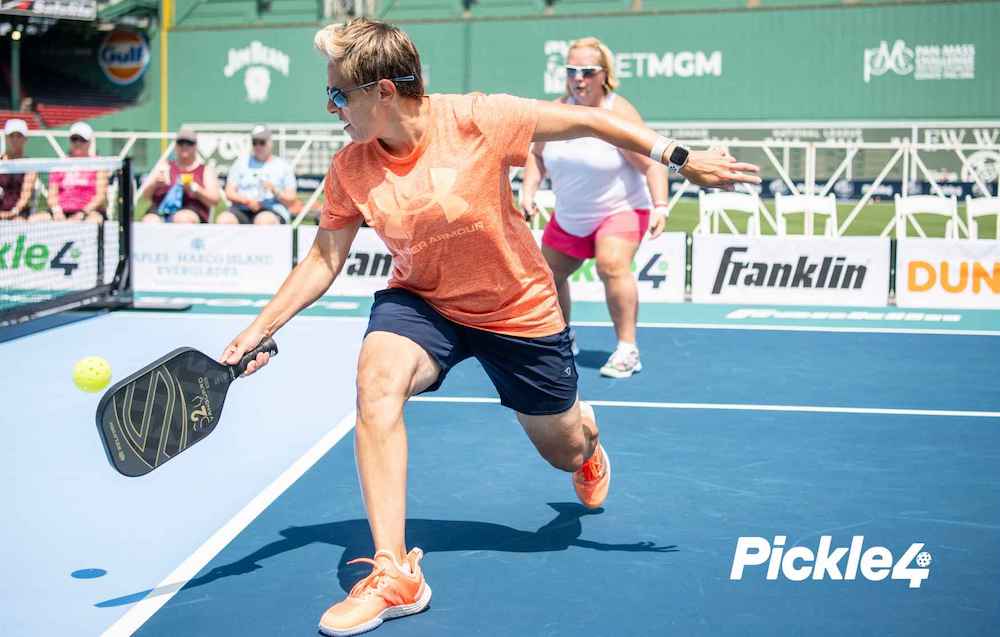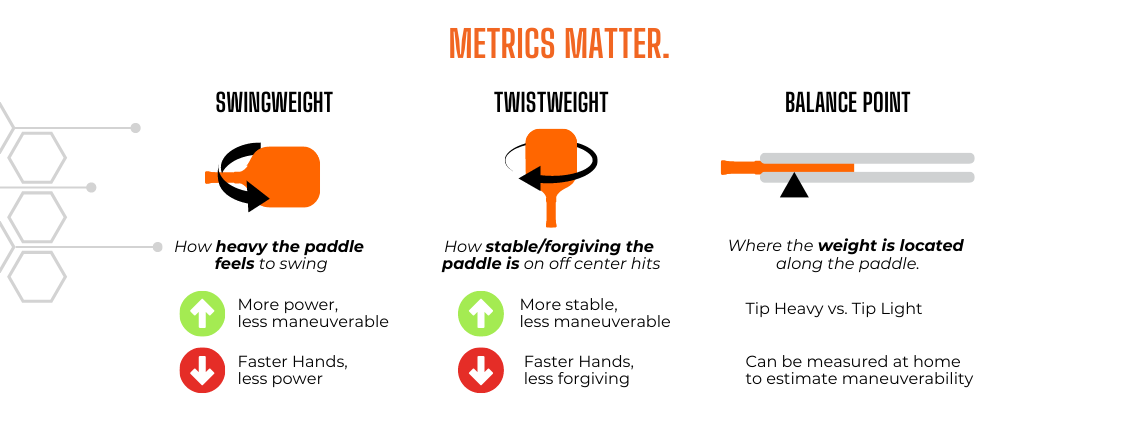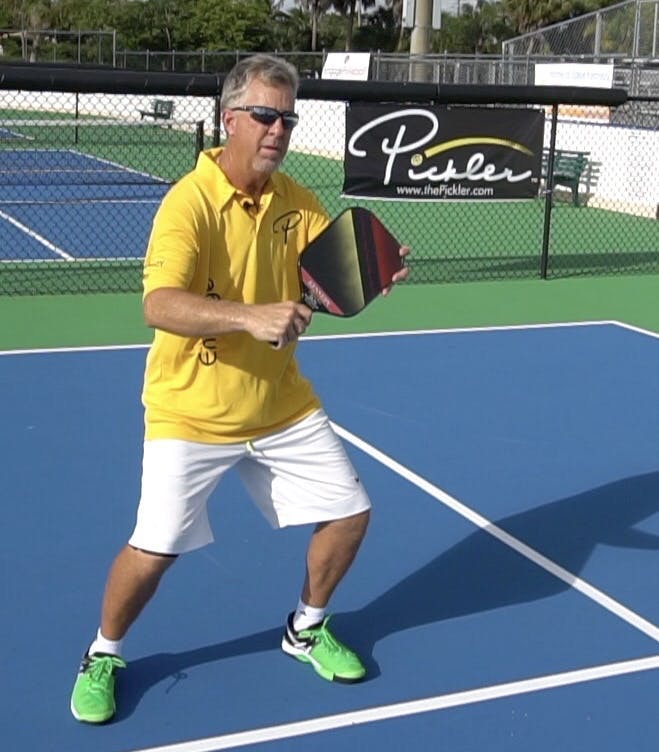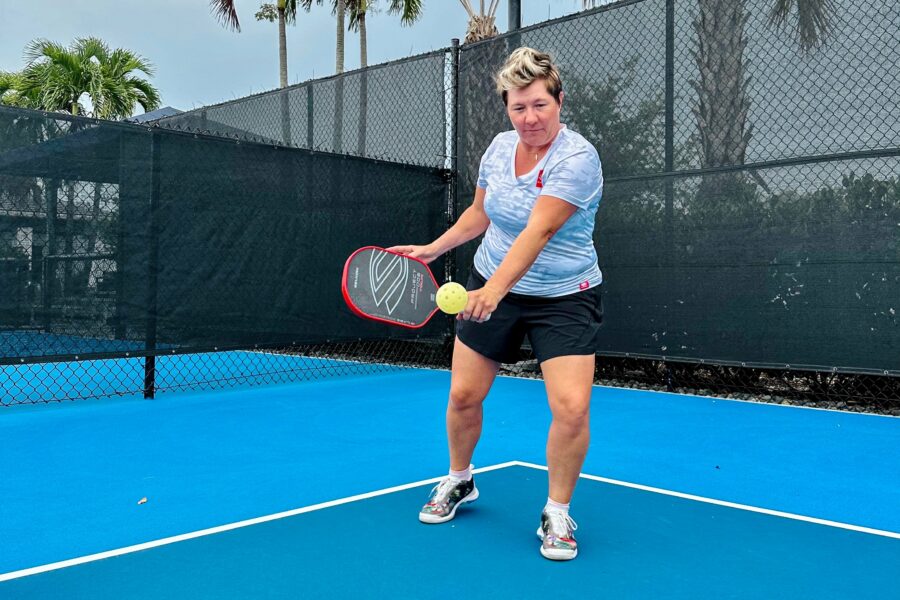We are all on the hunt for the perfect pickleball paddle for our own respective pickleball game. Fortunately, as the sport of pickleball has evolved, the paddle options for pickleball players to choose from has exploded (e.g., SKUs are in the thousands). However, with so many options, it can be difficult to choose a paddle from the sea of options.
One factor or data point that pickleball players have historically looked at to influence their paddle decision, among others (like length, width, size of handle, etc.), is the static weight of a pickleball paddle. The static weight of a pickleball paddle is the weight of the paddle at rest (i.e., how heavy the pickleball paddle is when placed on a scale). However, this data point does not tell us much. Pickleball influencers (like The Pickleball Studio) and pickleball retailers (like Pickleball Central) have now advocated to look at the swing weight and twist weight, as opposed to the static weight, when “weighing your options” on which pickleball paddle to play with.
So, what is swing weight and twist weight when it comes to your pickleball paddle?
- Swing Weight: Swing weight refers to how heavy a pickleball paddle feels when you swing it. It’s not just about the actual static weight of the paddle; instead, it considers how the weight is distributed throughout the paddle. Even if two paddles have the same static weight, they can have different swing weights based on their weight distribution. For example, think of swinging a hammer. If you hold the handle and swing it, it might feel heavy. However, if you hold the head and swing it, it might feel much lighter, even though the overall weight hasn’t changed. This difference in perception is due to the swing weight.
The swing weight of a pickleball paddle can impact your playing experience on the pickleball court, as swing weight impacts power, maneuverability, and control. Pickleball paddles with higher swing weights will feel heavier when swung, potentially providing more power and stability in your shots. On the other hand, pickleball paddles with lower swing weights will feel more maneuverable and easier to control (i.e., faster hands), although they might sacrifice some power.
Twist weight matters because it influences the consistency of your shots. A pickleball paddle with higher twist weight can offer a larger “sweet spot” and help maintain control even on off-center hits. Players who prioritize stability might opt for pickleball paddles with higher twist weight. However, as twist weight increases, paddle face maneuverability might decrease (i.e., slower hands), making it important to find a balance that suits your playing style.
In both swing weight and twist weight, balance is key. Your playing style, preferences, and strengths should guide your choice of pickleball paddle with the right combination of swing weight and twist weight (as opposed to focusing only on static weight). Paddle manufacturers, pickleball retailers, and pickleball influencers might provide information about these aspects to help you make an informed decision and enhance your overall pickleball experience.
When considering your next pickleball paddle, take a look at the swing weight and twist weight on your current preferred pickleball paddle to help inform your decision, or try various paddles to help determine the best fit for you. And, to note, you can add weight to your pickleball paddle (e.g., lead tape) to help manipulate these qualities to best suit your game.





